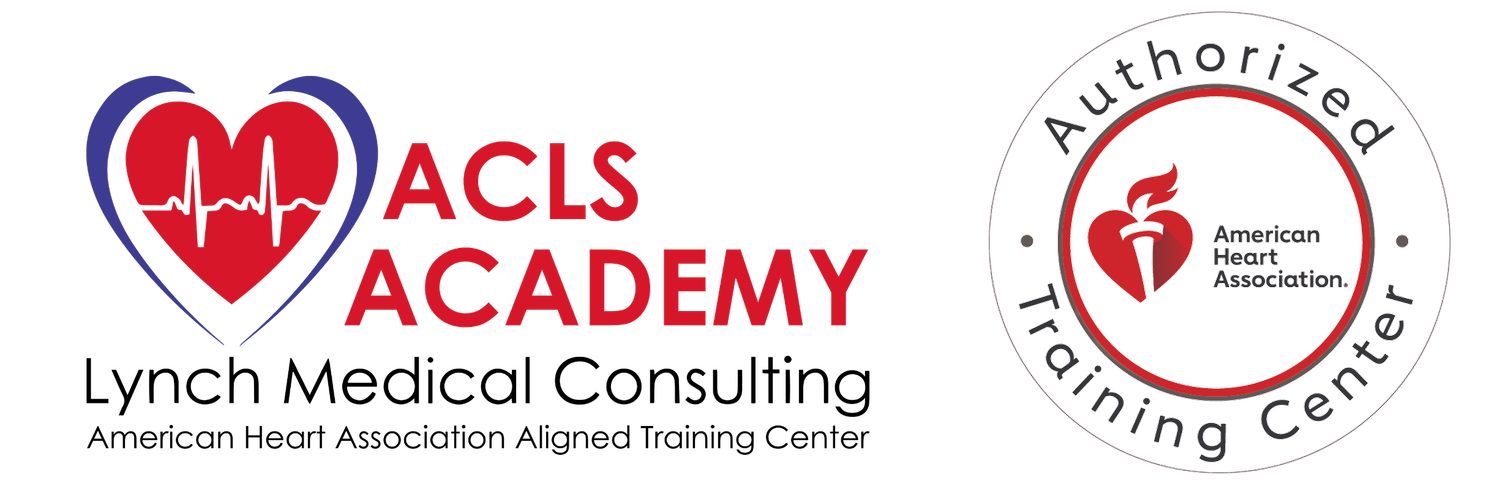On June 10th, the American Historical Association (AHA) is set to celebrate a milestone of monumental proportions—its 100th anniversary. This centennial event promises to be a spectacular tribute to a century of dedication to studying and promoting history. In 1924, the founders of the American Heart Association (AHA) envisioned an international society focused on the heart and aimed at facilitating research, disseminating information, increasing public awareness, and developing public health policy related to heart disease. Remarkable progress has been demonstrated in all these areas. Among the many ways to measure AHA’s progress from 1924 to 2024, one of the most compelling is the reduction in the death rate from cardiovascular diseases. This rate has been effectively cut in half, representing a staggering improvement. This achievement translates to millions of lives saved and significantly improved each year.
Pioneering Hope: The Fight Against Heart Disease
Before the establishment of the American Heart Association (AHA), a diagnosis of heart disease was often seen as a death sentence, with complete bed rest or imminent death being the expected outcomes. However, a group of forward-thinking physicians and social workers challenged this bleak outlook. They conducted groundbreaking studies to understand better heart disease, which was America's leading cause of death, laying the foundation for advancements in treatment and prevention.
On June 10, 1924, Dr. Paul Dudley White and five other doctors met in Chicago to sign the papers formally creating the AHA. They believed that scientific research could lead to better treatment, prevention, and ultimately a cure. The early AHA enlisted help from hundreds, then thousands, of physicians and scientists. Working together, they hoped, would speed the discovery of lifesaving solutions.
Shortly after World War II in 1948, the association reorganized, transforming from a professional, scientific society to a nationwide voluntary health organization composed of science and lay volunteers supported by experienced staff. Instead of working with and for doctors, the AHA reorganized into a public health organization. It began raising funds and spending that on research, awareness campaigns, and more. Since then, the AHA has grown rapidly in size and influence — nationally and internationally — into an organization of more than 35 million volunteers and supporters dedicated to improving heart health and reducing deaths from cardiovascular diseases and stroke.
A Century of Progress
When it comes to our health, most people have a general sense of what's beneficial: a balanced diet, regular exercise, sufficient sleep, and avoiding smoking. Although we might only sometimes recall the ideal weight, cholesterol, blood pressure, and blood sugar numbers, we understand their significance. We know the importance of annual checkups and know that genetics can affect health outcomes. Despite the fear of a heart attack, many of us know at least one survivor—someone who may have avoided open-heart surgery by getting a stent and possibly returning home the next day. This widespread health knowledge is mainly due to the efforts of the AHA.
While the AHA can't take credit for all the progress, much of what is known about our hearts and brains can be traced to the organization in one way or another. Starting as a modest medical association, the AHA has blossomed into a ubiquitous presence. Today, the AHA is a leader, a convener, and a driving force for the greater good. Yet what's collectively called "the AHA" is the sum of its parts: the volunteers, donors, and supporters. This includes generous companies, charitable foundations, fellow health organizations, researchers, doctors, advocates, survivors, and more. Thanks to the tireless efforts of the collective organization, its impact on healthier living is palpable everywhere: from grocery stores and restaurants to airplanes and communities, and notably, in hospitals and doctors' offices.
The AHA has compiled a captivating decade-by-decade timeline showcasing how the organization has influenced global health over the last 100 years.
1924- Offering Hope Where There Was None
1935- Research for a Healthier Future
1948 – Making Everyone Aware of Heart Disease
1956 – Breathing Easier
1961 – Everyone Can Save Lives
1961- The Way We Eat
1976 – Heart and Brain Health
1978 – Healthier Hearts at an Earlier Age
1991 – Keeping Fit
2000 – Transforming Health Care to Save Lives
2004 – Championing Women and their Heart Health
2010 – Better Health for Everyone
2020 – Tackling a Global Health Emergency
Today – Our Future is about improving yours…..
The Second Century
As American Heart Association CEO Nancy Brown likes to say, "Our future is about improving yours." As the AHA enters its second century, its leaders are dedicated to advancing health and hope for everyone everywhere. Their vision includes pioneering cutting-edge research, leveraging new technologies, and exploring innovative approaches yet to be conceived. For instance, Dr. Joseph Wu of the Stanford Cardiovascular Institute and AHA Volunteer President is currently studying the effects of zero gravity on the heart in anticipation of routine space travel. As the AHA's 100th-anniversary celebration draws to a close, the organization is concluding its Second Century Campaign, aiming to raise $500 million by 2024 to tackle future scientific challenges and enhance human health and patient care. At ACLS Academy, we celebrate the AHA’s milestone birthday and eagerly anticipate an exciting second century led by the next generation of leaders.
ACLS Academy is an authorized American Heart Association (AHA)- Aligned Training Center with three convenient locations in Massachusetts: Quincy, Bridgewater, and Newton Center. ACLS Academy provides high-quality courses, all taught by instructors practicing in the medical profession, for ACLS, TNCC, BLS, ENPC, NRP, PALS, Bloodborne Pathogen, HeartSaver CPR/AED, First Aid, and Instructor Courses. Please browse our catalog of courses.

